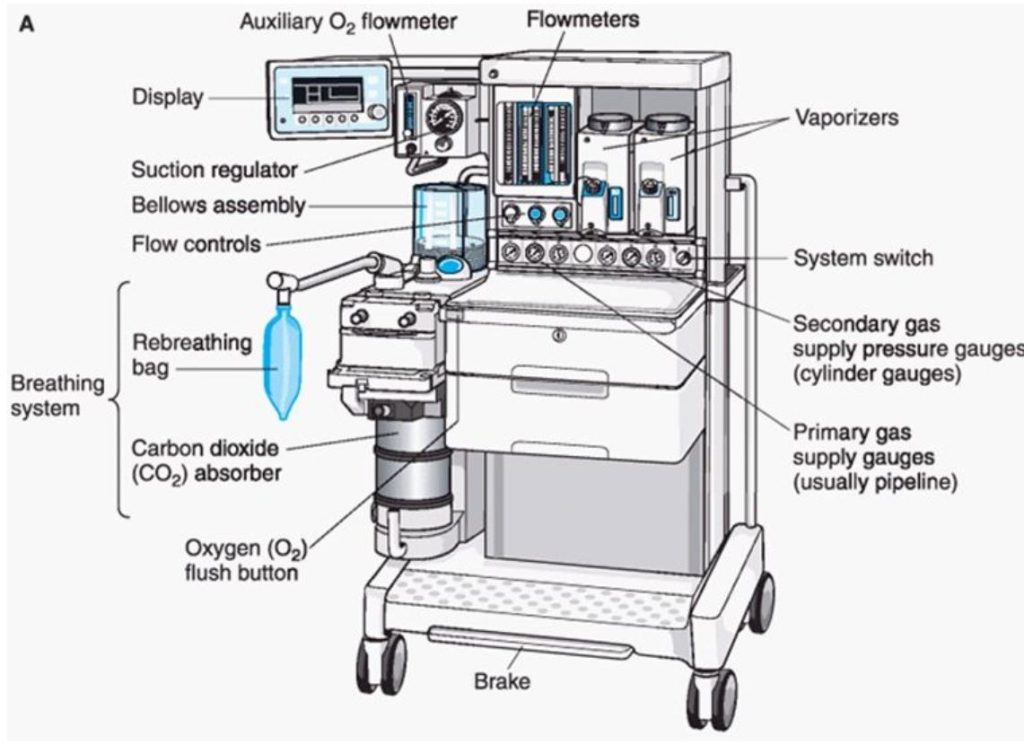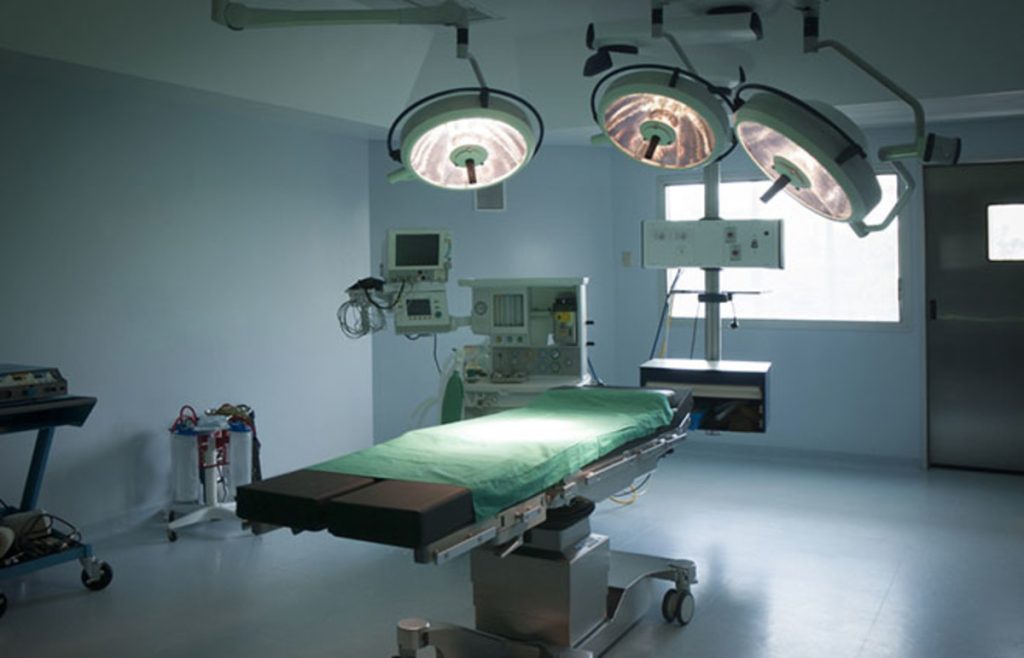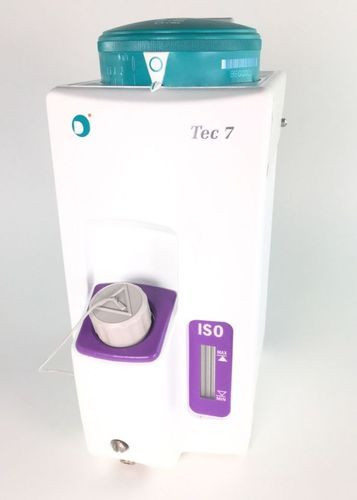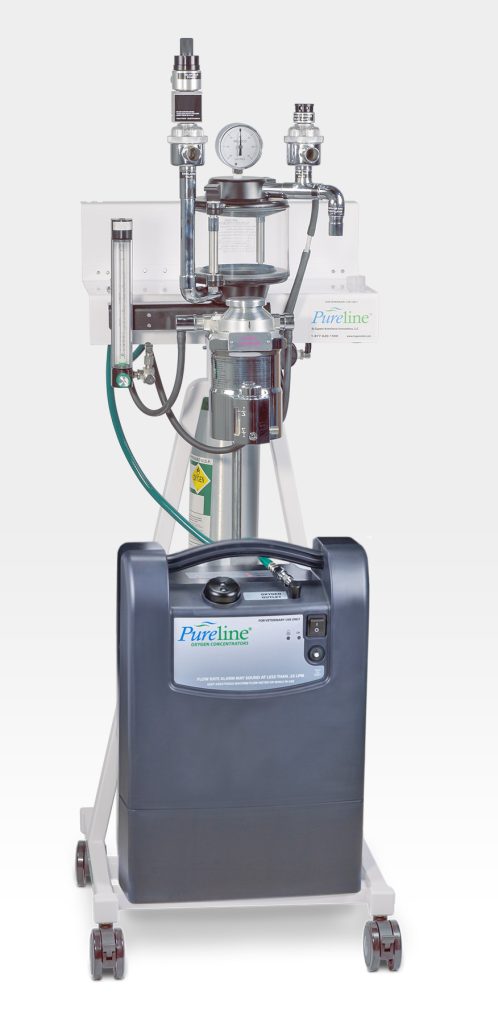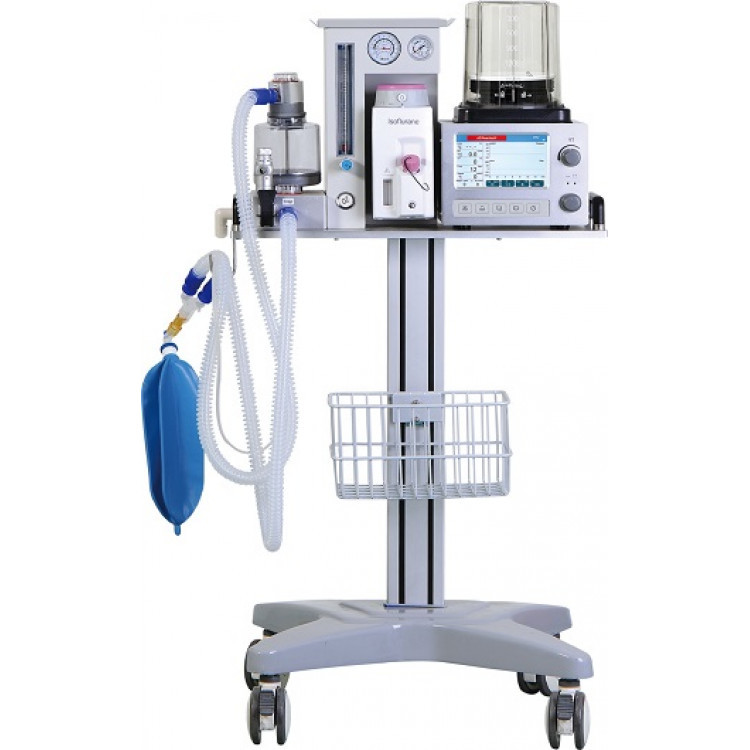An anesthetist is a medical professional who administers anesthesia to patients before and during surgery. Anesthesia machines are used by the anesthetists to administer the required amount of drugs for a safe surgery.
An anesthesia machine is a special device that delivers the required amount of gases and drugs to patients when they undergo surgical procedures. This machine has several components that work together to ensure effective what is an anesthesia machine?
An anesthesia machine is a device used to provide anesthetics during surgery.
Explanation:
Anesthesia machines are devices that can provide anesthetics during surgery. These machines help reduce the pain and anxiety felt by patients, which makes surgery more comfortable for them. Anesthesiologists use anesthesia machines to give patients general or regional anesthesia, which is a type of sedative that blocks nerve impulses from being sent to the brain.
Anesthesia machines come in different types and sizes, depending on the type of surgery being performed. Some common types of surgeries that anesthesiologists may use an anesthesia machine for include childbirth, tonsillectomy (removal of the tonsils), hernia repair, and cardiac bypass operation (a procedure that replaces part or all of a blocked coronary artery).
What are the components of an anesthesia machine?
The components of an anesthesia machine include the anesthesiologist, the anesthesia machine, and the patient.
How does an anesthesia machine work?
An anesthesia machine is a device that helps Doctors perform surgery. It uses anesthetic gas to make people unconscious.
Explanation:
An anesthesia machine help doctors during surgeries by making their patients unconscious. This allows them to do procedures without the fear of causing pain or discomfort to the patient.
What are the benefits of using an anesthesia machine?
The benefits of using an anesthesia machine include improved patient safety, decreased risk of complications, and increased efficiency.
Explanation:
Anesthesia machines help improve patient safety by providing a controlled environment during surgery. They also decrease the risk of complications by ensuring that the surgical procedure is performed as smoothly as possible. And last, they increase efficiency by helping to minimize wasted time and energy. All these factors are important in improving patient outcomes.
What are the risks associated with using an anesthesia machine?
There are risks associated with using an anesthesia machine, including:
-Injuries from the machine itself
-Injuries caused by medical personnel during use of the machine
-Complications from surgery or anesthesia
How should an anesthesia machine be used?
An anesthesia machine is a device used to provide an unconscious patient with general anesthesia.
Explanation:
Anesthesia machines are used by doctors to provide patients with general anesthesia (a type of sleep). General anesthesia prevents the patient from feeling pain and allows the doctor to perform procedures on them without their consent or awareness.
The machine works by putting the person under a controlled amount of anesthetic gas, which causes them to fall asleep and stop responding physically or emotionally.
Anesthesiologists use anesthesiology machines during surgery, childbirth, dental work, and other medical procedures.
What are the precautions that should be taken when using an anesthesia machine?
The precautions that should be taken when using an anesthesia machine depend on the type of machine being used. However, generally, you should take the following precautions:
-Wear safe clothing and gloves.
-Avoid getting any liquids or objects into the air vent.
-Keep your head lowered during use to avoid exposure to airborne particles.
-Never operate an anesthesia machine if you are feeling sick or have a fever.
What are the side effects of using an anesthesia machine?
The side effects of using an anesthesia machine can depend on the type of machine you’re using and the dosage you’re given. Some common side effects include: drowsiness, dizziness, nausea, vomiting, headaches, and lightheadedness.
Explanation:
Anesthesia machines can have several side effects depending on how they are used. Side effects can range from mild to severe and may occur during or after surgery. Mild side effects such as drowsiness or dizziness may go away after a few minutes or hours while more serious side effects such as nausea or vomiting could persist for days afterwards. It is important to be aware of any potential side effects so that you can adjust your dosage accordingly if necessary.
How often should an anesthesia machine be serviced?
Servicing an anesthesia machine means checking the equipment for any signs of wear or tear, cleaning it if necessary, and replacing any parts that need to be replaced.
Anesthesia machines should be serviced at least once every six months.
What are the parts of an anesthesia machine that need to be replaced regularly?
Parts of an anesthesia machine that need to be replaced regularly include the anesthesia delivery system, the anesthesia control unit, and the anesthetic machine.
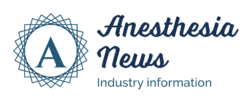
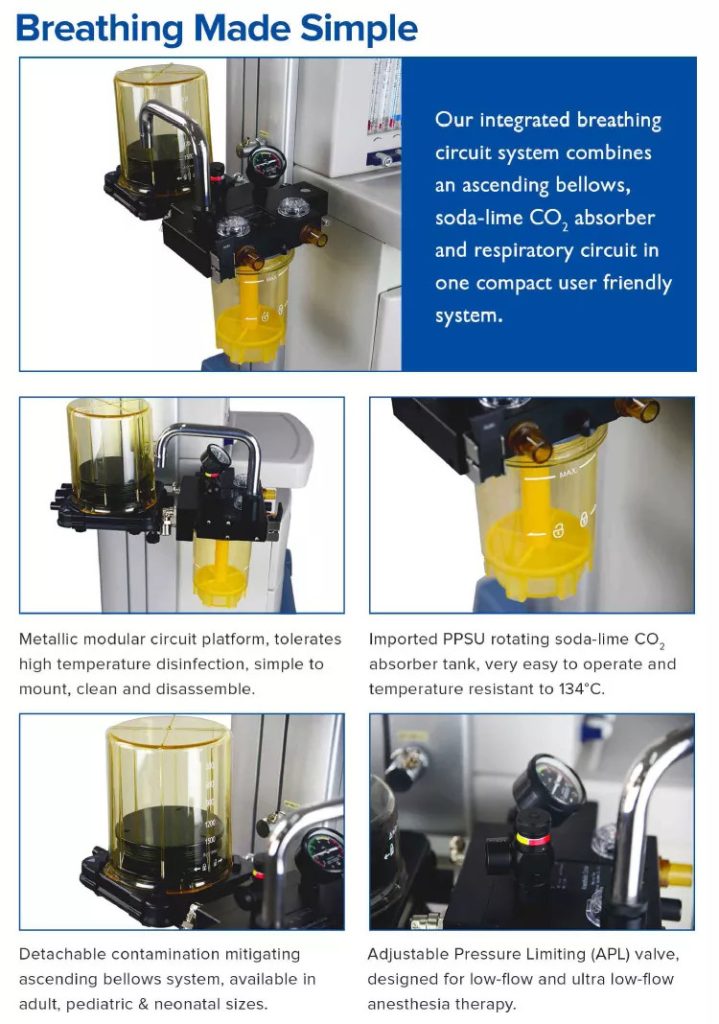
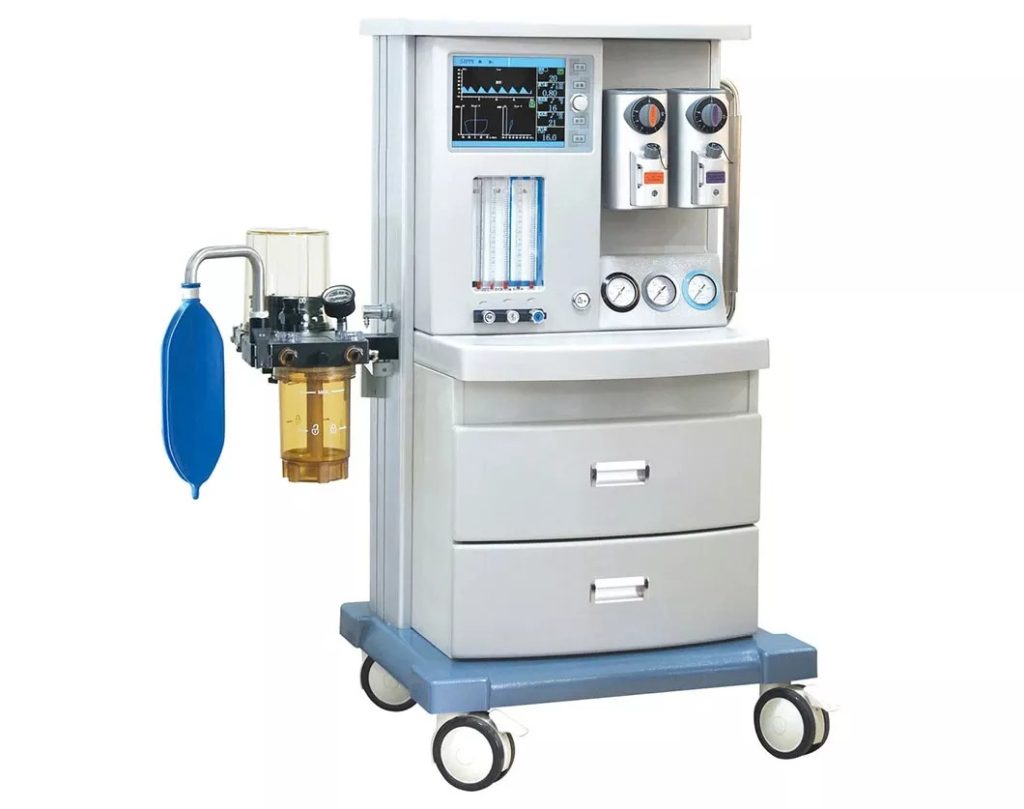
![The [Complete] Guide to Buying Anesthesia Machines](https://www.anesthesia-news.com/wp-content/uploads/2022/08/anesthesiamachine3.jpg)
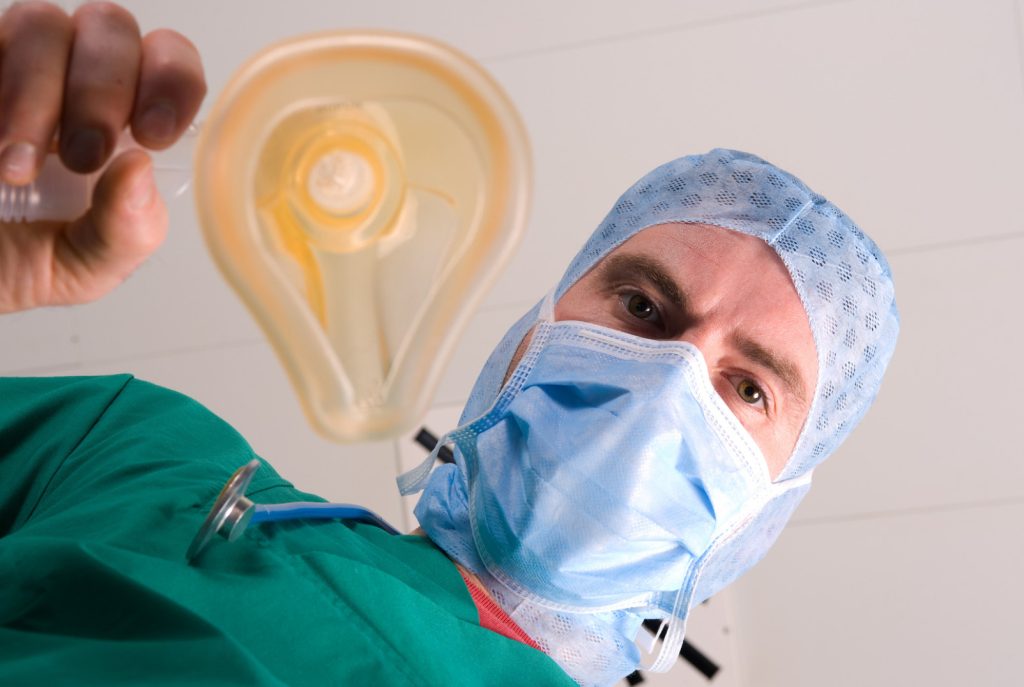
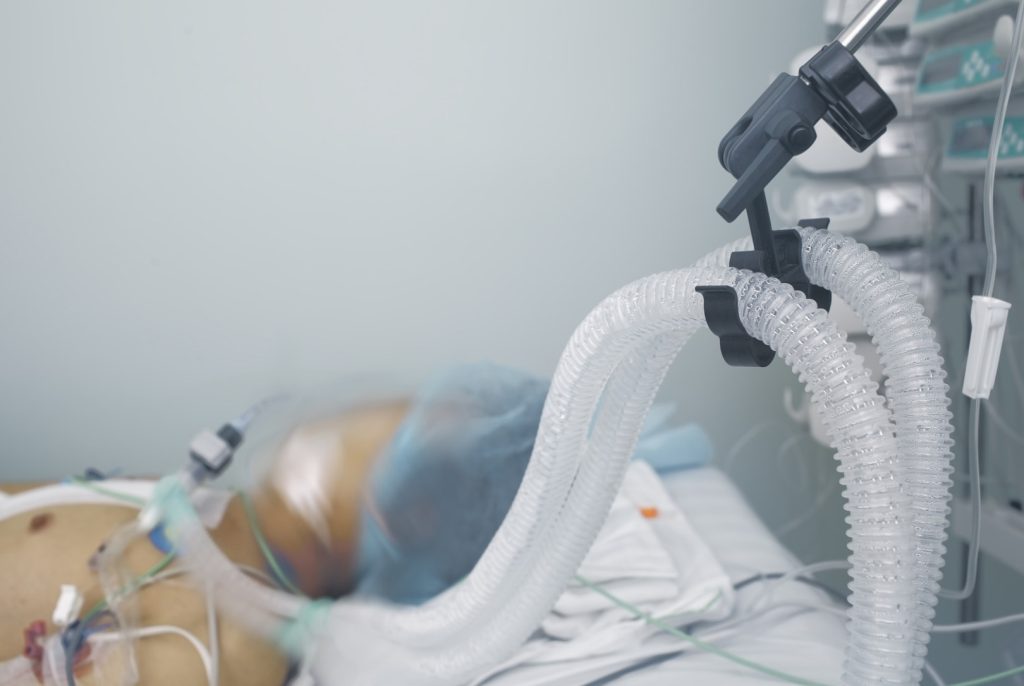
![How to Find the [PEEP Valve] on an Anesthesia Machine](https://www.anesthesia-news.com/wp-content/uploads/2022/09/peep-valve.jpg)
